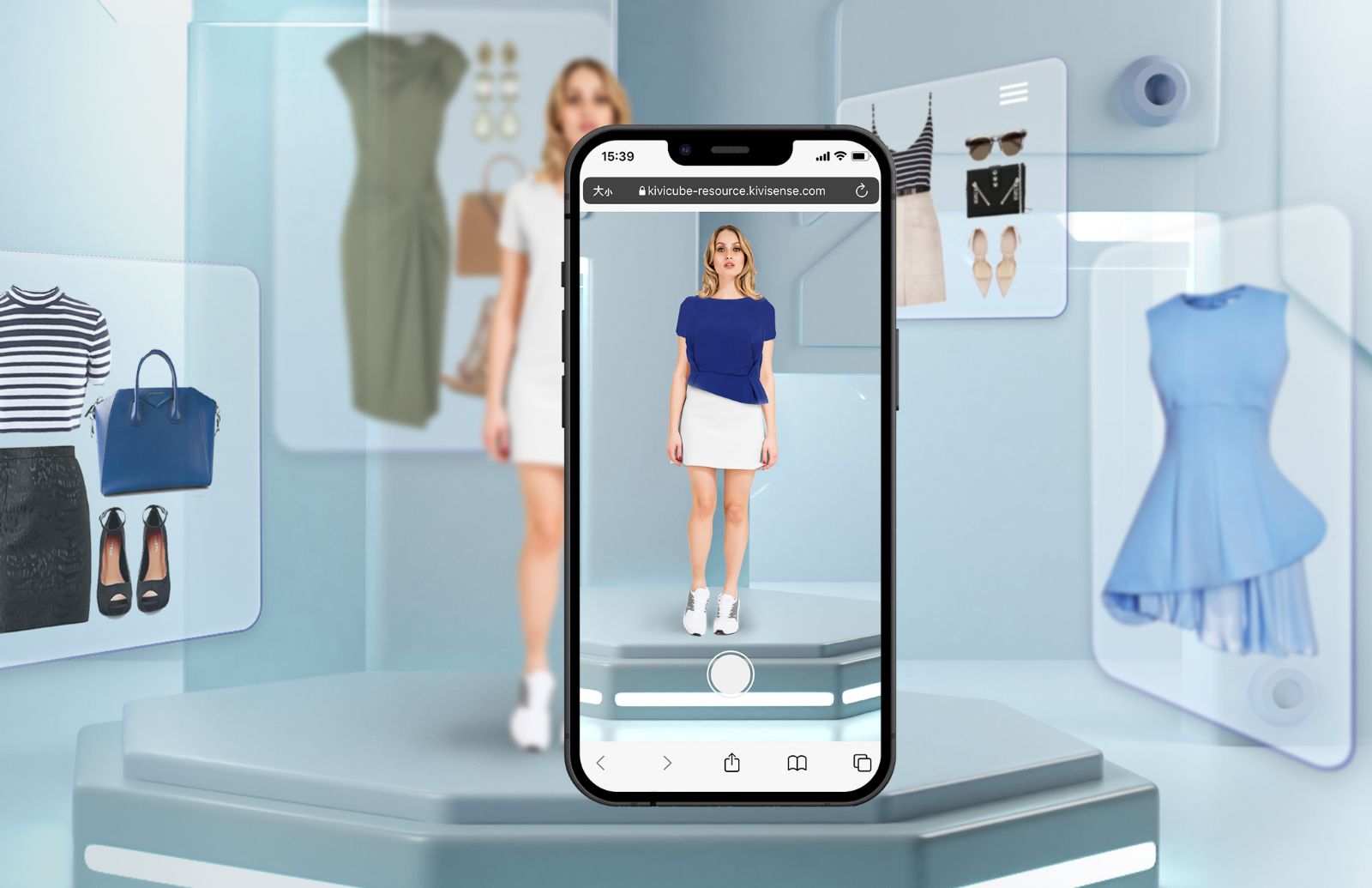The fashion retail industry constantly strives to create immersive and engaging shopping experiences that captivate customers. In this pursuit, the integration of augmented reality (AR) has emerged as a revolutionary force, reshaping how consumers browse, try on, and purchase clothing, jewelry, makeup, and accessories. Although AR has been around for a few years, its application in fashion retail is still a relatively new and exciting development, offering a transformative experience that goes beyond mere entertainment.
The Power of Augmented Reality in Fashion
Augmented reality is a technology that overlays digital content onto the real world, creating an interactive experience where virtual and physical elements coexist. This technology is typically accessed through smartphones or other electronic devices with cameras, allowing users to see and interact with virtual objects in real-time. Unlike virtual reality (VR), which immerses users in a completely digital environment, AR enhances the real world by adding virtual components to it.
In fashion retail, AR finds its most powerful application in the form of Virtual Try-On (VTO) experiences. VTO enables customers to virtually wear or sample products like clothing, accessories, and makeup without physically touching them. This technology offers a visual preview of how items would look or fit on the customer, bringing the convenience of online shopping closer to the tangibility of in-store experiences.
The Impact of AR on Consumer Behavior
The influence of AR on consumer behavior is profound. According to a Deloitte report, a remarkable 71% of shoppers are more likely to make purchases when using AR-powered apps. Additionally, 40% of consumers are willing to pay more for products if they have the opportunity to test them using AR. These statistics highlight the potential of AR to not only enhance the shopping experience but also drive sales and boost customer satisfaction.
Key Applications of AR in Fashion Retail
Fashion brands have been quick to recognize the potential of AR, integrating it into their shopping experiences in innovative ways. Two primary avenues through which retailers offer AR-powered Virtual Try-On experiences are:
- Personal Device Access:
- Customers can access AR-enabled platforms through their smartphones, tablets, or computers. By using the device’s camera, they can interact with virtual representations of products, trying them on from the comfort of their own homes. This method has become increasingly popular, especially with the rise of mobile shopping.
- Virtual Fitting Rooms:
- In-store AR experiences come to life through digital mirrors and smart displays that act as virtual fitting rooms. These interactive installations allow customers to explore products in a dynamic way, trying on items virtually before making a purchase. This blend of physical and digital shopping offers a seamless and futuristic retail experience.
Examples of AR in Fashion Retail
Leading fashion brands have already begun to leverage AR technology to enhance their customer experiences:
- IKEA: Although more known for home goods, IKEA has integrated AR into its shopping app, allowing users to visualize how products would look in their living spaces. This concept can be easily adapted to fashion, where customers can see how clothing or accessories would look in their personal environment.
- Adidas: Adidas has utilized AR in its “Virtual Deerupt” campaign, where customers could view a virtual shoebox opening on their screens, revealing a 3D model of the shoe that can be examined from various angles. This engaging experience not only drives interest but also enhances customer confidence in their purchase decisions.
- Sephora: Sephora’s AR app allows users to virtually try on makeup, helping them choose the perfect shades and styles without needing to visit a store. This application of AR is particularly effective in the cosmetics industry, where customers often hesitate to buy products without testing them first.
The Future of Fashion Retail with AR
As AR continues to evolve, it is set to become an indispensable tool in fashion retail. Brands that embrace this technology will be better positioned to meet the demands of modern consumers, offering them a shopping experience that is not only convenient but also personalized and interactive. The future of fashion retail lies in the seamless integration of digital innovation, and augmented reality is leading the way.
The question is no longer whether AR will shape the future of fashion retail, but rather how quickly brands can adopt and harness its potential to unlock new levels of customer engagement and business success.
